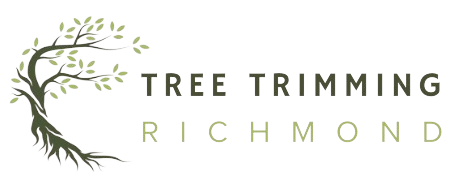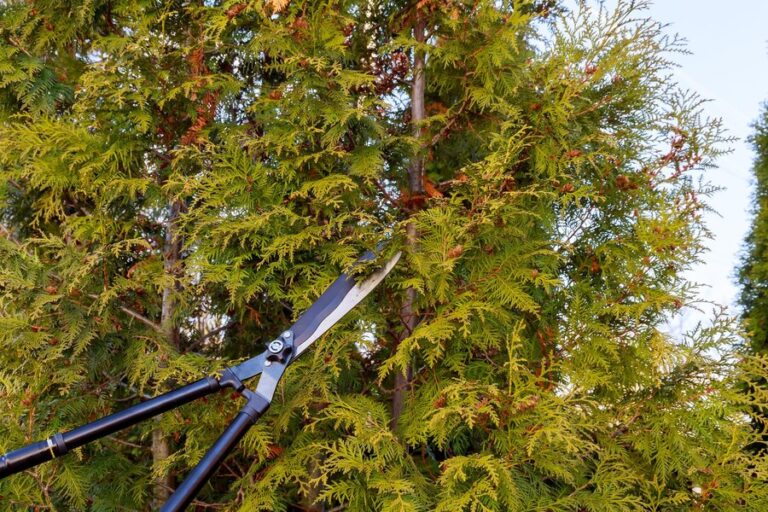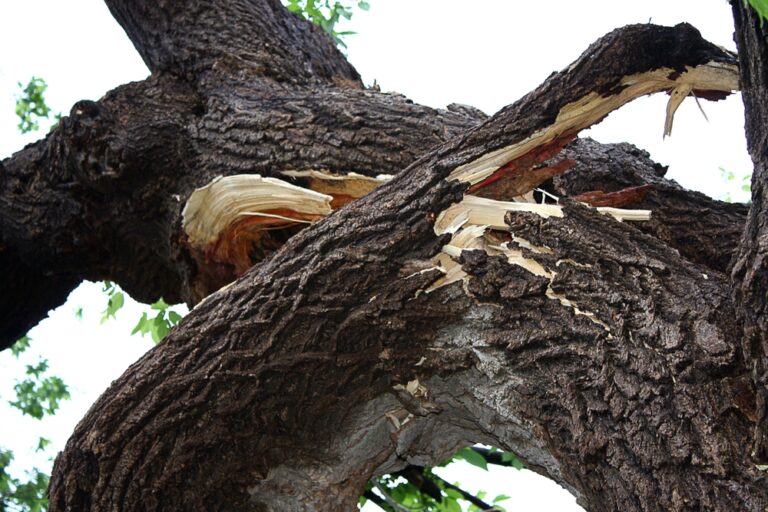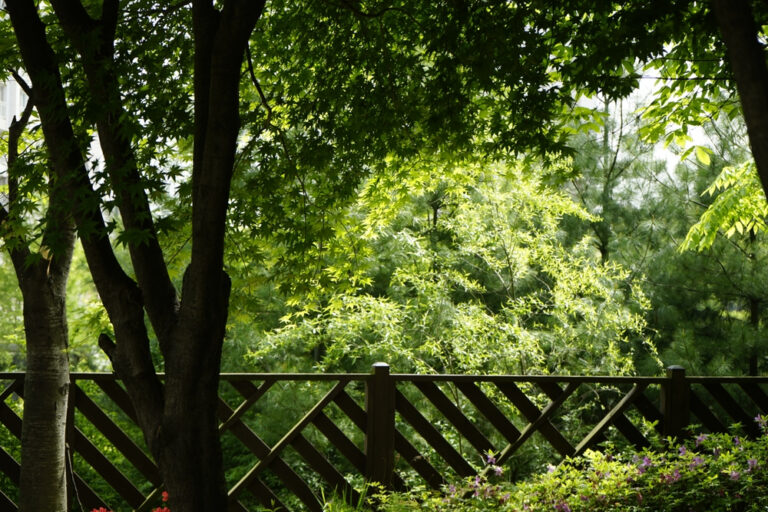Imagine witnessing your trees spreading wildly in every direction as you leave your house. Their branches stretch too far, obscuring sunlight from getting to your garden and giving your yard a dishevelment. The possible harm these overgrown trees could create to your property value or the safety concerns they raise for your family and neighbors could even make you nervous. Maintaining a tidy and healthy yard depends on regular tree pruning, but the expenses related to expert tree care can occasionally be prohibitive.
We want to assist you in negotiating the realm of budget tree trimming services in this post. We’ll offer you useful, doable advice to help you save money and budget for tree cutting. Understanding the expenses related to tree pruning, developing a suitable budget, and finding ways to save money will help you to enjoy healthy trees without running your finances empty.
Understanding Tree Trimming Costs
You must first know the elements influencing the expenses before you can properly allocate for tree cutting. Knowing what goes into pricing can enable you to make wise selections that eventually help you save money.
Factors Influencing Costs
- Tree Size & Species: One of the main elements influencing the trimming cost is the size of the tree. Bigger trees call for more time, work, and tools to prune. For example, cutting a tall oak tree will cost noticeably more than cutting a little maple tree. Furthermore, different tree species have distinct degrees of trimming challenge. Certain species have stronger wood and denser wood, which could raise labor expenses.
- Tree Location & Accessibility: The cost is mostly determined by the site of the tree. Tree access will be more difficult near buildings, steep hills, or power lines. This more difficulty means that more specialized tools and extra attention will be required, thereby increasing the general cost of trimming.
- Severity of Trimming: The degree of cutting needed affects price as well. Usually less costly than emergency removals is routine maintenance trimming, which consists in light pruning and the removal of small branches. Should a tree present an immediate hazard—that of instability following a storm—the expense of removal or extensive cutting will be much higher.
- Time of Year: Prices for tree trimming may also change with the season. When trees are actively developing throughout the spring and summer, many arborists find demand skyrocket. Higher pricing sometimes follow from this growing demand. On the other hand, winter could be a slower season for tree maintenance, which would provide possible discounts and cheaper rates.
Knowing these tree trimming cost considerations may help you to properly budget and maybe save money.
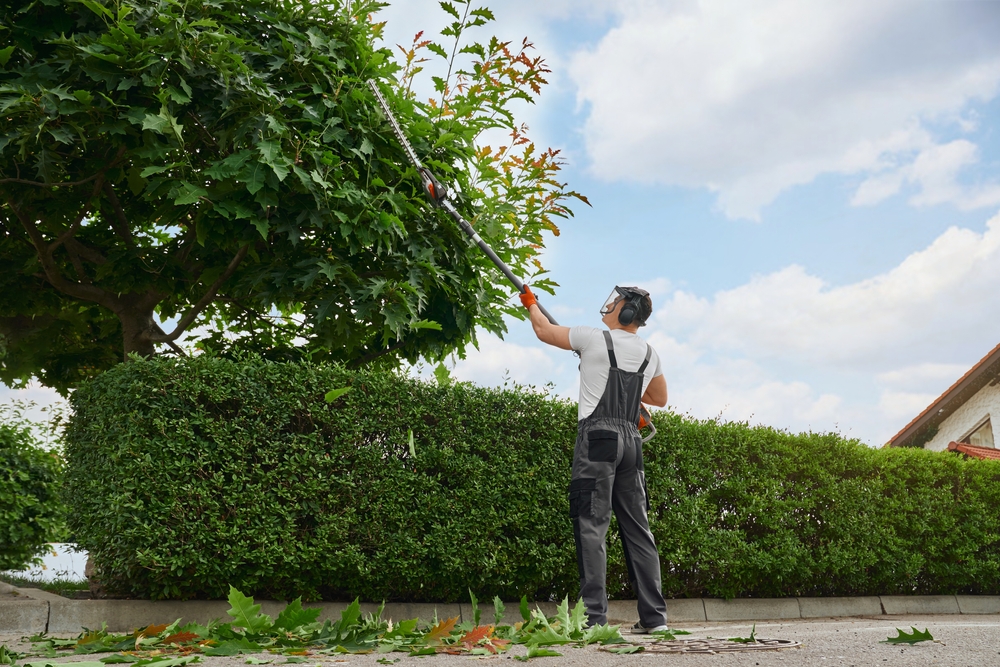
Budgeting Tips
Developing a tree care budget is a wise approach to control costs and guarantee that your trees stay healthy. These guidelines will enable you to design a sensible tree care budget:
Create a Tree Care Budget
- Assess Your Needs: Review your trees first. List every tree in your yard’s species, height, and condition. Different species have different trimming demands; knowing these will enable you to decide how often you should plan trimming. Fast-growing species, for instance, can require more regular trimming than slower-growing ones.
- Estimate Costs: Look at neighborhood arborist service rates. Get estimates from multiple arborists to learn about average expenses in your area. As you compile estimates, make sure you inquire about the particular services covered by the cost. This will enable you to compare several companies in apples-to—apples manner.
- Set Aside Funds: Once you have expense projections, open a special savings account just for tree maintenance. Based on your anticipated annual trimming expenses, think about saving a little bit each month. This will help you to have money ready for the time your trees need to be cut.
- Consider Emergency Funds: Apart from your normal budget for tree maintenance, it is advisable to create an emergency fund for unanticipated tree problems. After hurricanes or other catastrophic catastrophes, this fund can assist with expenses related to emergency removals or extreme cutting-back.
- Track Expenses: Track your tree maintenance costs all year round. Monitoring your tree trimming expenses can help you to modify your budget as necessary for next years.
These budgeting techniques will enable you to build a thorough tree care budget that will assist in efficient cost control.
Saving Money on Tree Trimming
Many techniques exist to cut costs on tree cutting without compromising the condition of your trees. Here are some practical strategies for cutting expenses:
DIY Maintenance (When Possible)
- Pruning Basics: You might be able to undertake some of the trimming yourself if you have little trees or minor problems. Learn fundamental pruning methods including how to trim branches or eliminate deadwood. Videos and articles among other internet tools can help you navigate safe and efficient trimming techniques.
- Tools & Safety: Good do-it-yourself tree care depends on making wise instrument investments. Among common tools are a handsaw, loppers, and pruning shears. Always give safety top priority by, if needed, donning gloves, goggles, and a hard helmet. Make sure ladders are stable and never overreach when pruning.
- When to Call a Professional: Although do-it-yourself maintenance might save money, some chores are better left to experts. Hiring an arborist is smart whether the tree is tall, close to power lines, or calls for certain tools. Understanding your limitations will help you avoid mistakes and injuries.
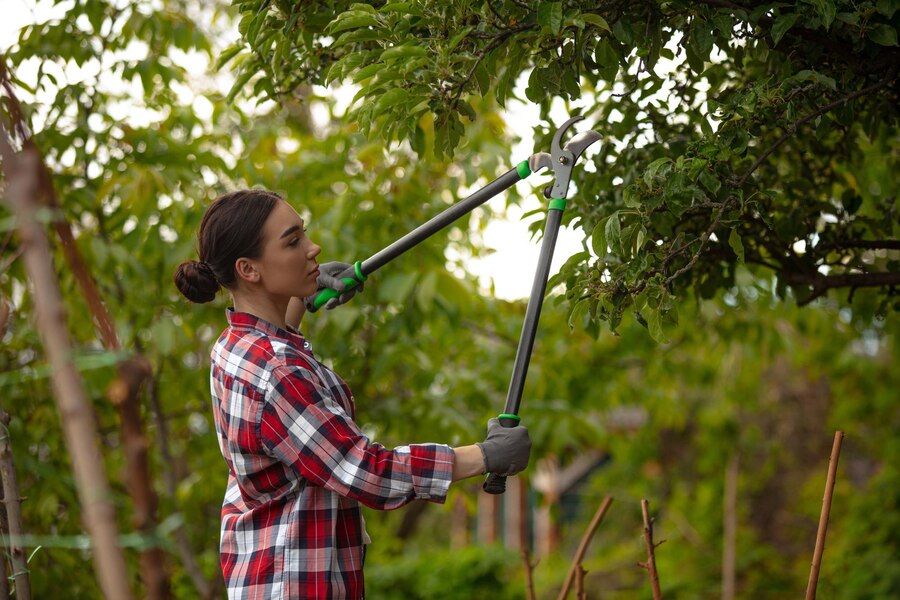
Finding Affordable Arborists
- Get Multiple Quotes: Get not content with the first quotation you come upon. Get at least three separate companies to evaluate offerings and costs. Make sure you find out from each arborist their credentials, insurance, and experience. If it entails sacrificing quality, a cheaper price is not usually the greatest choice.
- Look for Discounts: Many arborists provide early appointments, veterans’ or senior’s discounts. Ask about any current special offers or promotions. Certain businesses might also provide loyalty discounts to returning patrons.
- Consider Bundling Services: If you want other services, like landscaping, think about grouping them with your tree pruning. Many businesses run bundle offers meant to save you money. If you intend to have your trees clipped and your lawn mowed, for example, find out whether they provide a discount for booking both treatments simultaneously.
- Research Local Arborist Associations: Working with a registered arborist guarantees you obtain quality work, and many places have local arborist associations that offer listings of qualified arborists. You may discover discounts through these associations.
Using these reasonably priced tree cutting techniques will help you to greatly cut your costs and guarantee the health and safety of your trees.
Tree Care Prevention
In terms of tree maintenance especially, prevention is always preferable to cure. Long-term cost savings on trimming will come from your efforts to keep healthy trees. Here are some basic preventive actions:
Regular Inspections
Promoting regular tree inspections is absolutely vital. For a comprehensive assessment, either pay a professional arborist or undertake a short visual check-through yourself. Search for structural issues, pest invasions, or illness symptoms. Typical indicators your plants could need care include:
- Dead branches: Branches that appear dead or devoid of leaves could have to be taken down to stop the spread of rot and disease.
- Cracks or splits: Any obvious fissures in the trunk or branches can point to structural problems requiring quick attention.
- Mushrooms or fungi: Fungi at the base of a tree might point to deterioration and hint the tree is ill.
Early problem identification helps you keep your trees healthy and helps avoid expensive crises down-range.
Proper Watering & Fertilization
Healthy trees call for less frequent and less harsh pruning. Maintaining tree health depends critically on correct fertilization and watering. These suggestions help you to maintain healthy form for your trees:
- Watering: Make sure your trees get enough water—especially in dry seasons. Particularly young trees need constant rainfall to develop strong roots. One finds that deep watering is more efficient than regular shallow irrigation. Either by irrigation or rainfall, try to get one inch of water every week.
- Fertilization: To supply vital nutrients, use fertilizers designed for trees. Find out from a soil test what nutrients your trees might be deficient in, then select a fertilizer to fit their requirements. Take care not to overfertilize; this can damage the tree.
Focusing on these tree care preventive techniques will help you save money by keeping healthy trees that call for less regular trimming.
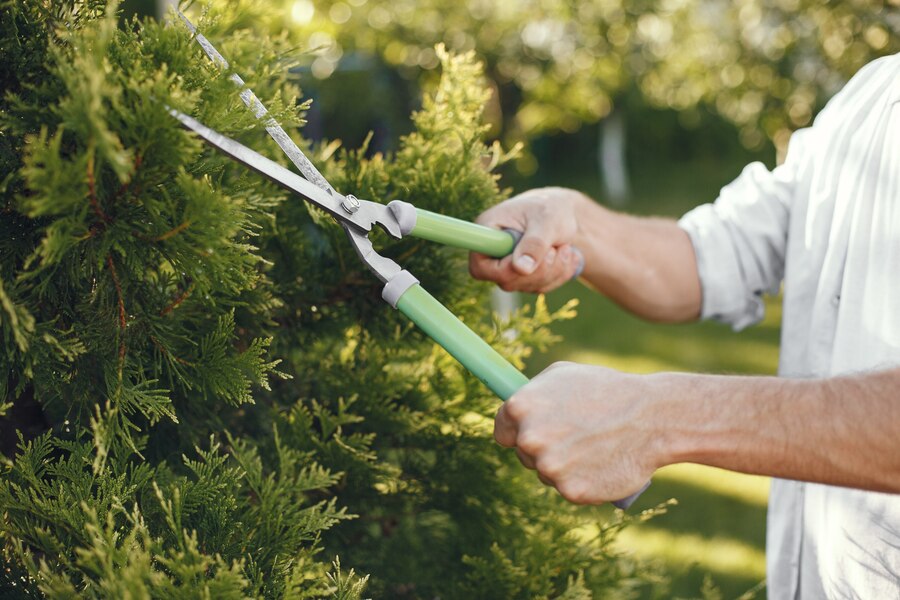
Conclusion
All things considered, with the correct techniques and knowledge, saving money on tree pruning services is doable. Budgeting is Creating a thorough tree care budget, familiarizing yourself with the elements that affect expenses, and looking at ways to save expenditures will help you to make sure your trees stay healthy and attractive without going broke.
Having these insightful ideas now will help you to act. Apply them in your personal tree care schedule to reap the advantages of well-kept trees improving the safety and appearance of your property. Over time, a little preparation and effort might result in rather large savings.
